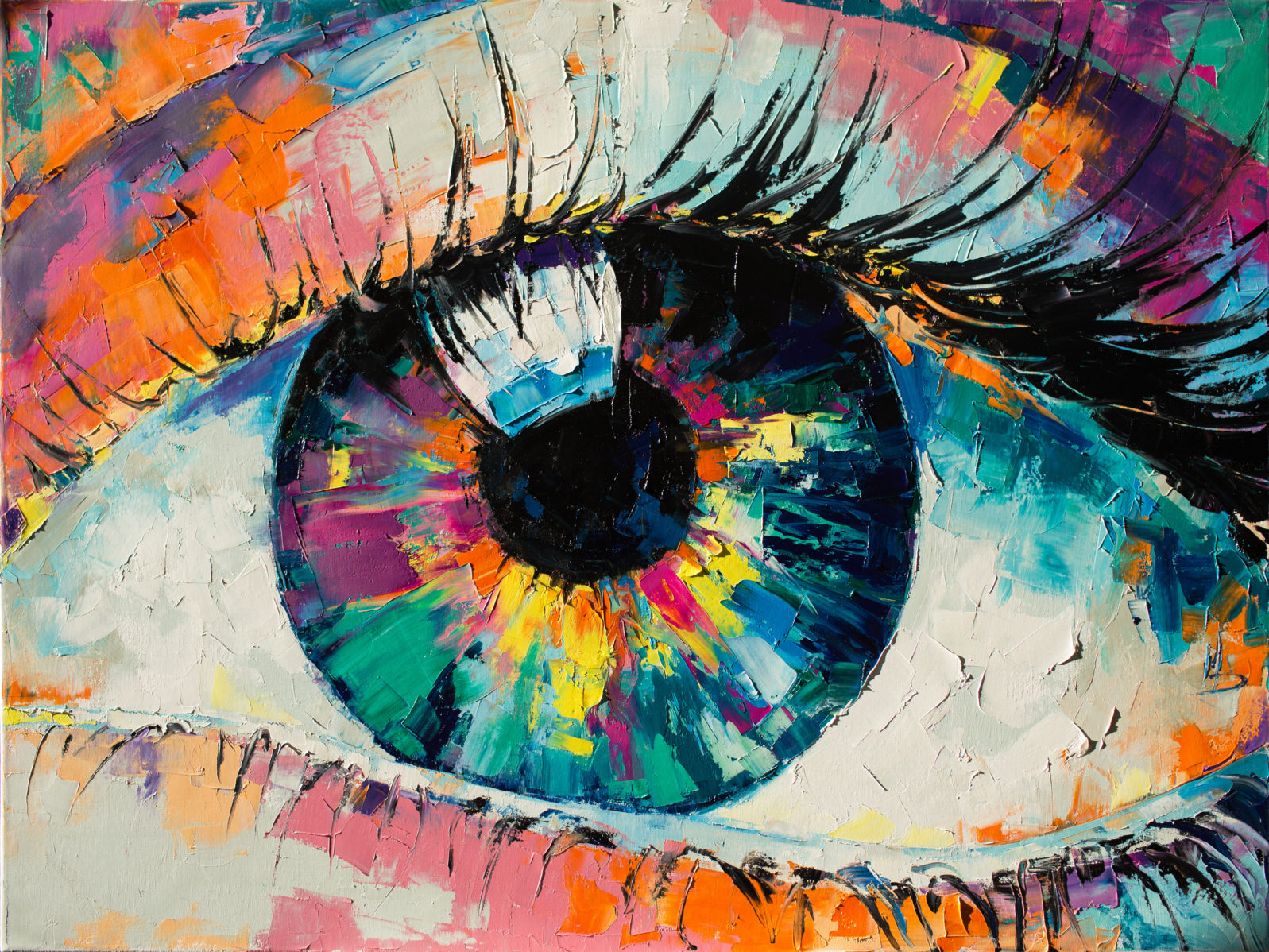Human Artists and their AI Copycats
What will happen to actual artists if AI can mimic their styles?Imagine you’re walking through a world-class art museum, and you come across Van Gogh’s “Sunflowers.” (Let’s assume someone hasn’t already thrown tomato soup on it.) The painting isn’t a replication. It’s not a copy of a copy of a copy. It’s the original canvas and paint, the direct object created by the artist himself, shaped by age, visited by thousands of admirers—it’s “vintage.” You stand there admiring the work of a past genius, and get a sense of its beauty and meaning in a whole new way.
There’s something unique in witnessing “the real thing.” Why do people travel worldwide to look at Da Vinci’s “Mona Lisa” when they can see a digital recreation through a Google search? Or why visit Michelangelo’s “David” in Florence when you can buy a cheap remake on Amazon Prime? Authenticity appeals to the human heart. Maybe it speaks to our need for the sacred, or to make “pilgrimages” to sites of cultural meaning. Whatever the case, longing for the real versus the remake means we respect the artist, and long to preserve his or her legacy in the world.
Today, there’s a problem in the art world, and it goes beyond tomato soup defacements. OpenAI, an artificial intelligence program that was cofounded by Elon Musk, publicized its AI art generator, Stable Diffusion, in September. Over a million users are already using the tool, but it’s posing ethical issues, and genuine human artists are implicated in the fallout.
According to an Insider article, people are using the AI tool to mimic real art by typing the artist’s name into the prompter. I could type “Van Gogh’s Sunflowers” and get a myriad of similar images, for instance. Artist Greg Rutkowski is concerned. Rutkowski is known for his epic depictions of dragon warfare and other medieval-like battle scenes. Through OpenAI, users type in his name, and voila! Dragons, swords, and knights appear in bounty. The only issue? They’re not his work.
“Rutkowski’s name has been used to generate around 93,000 AI images on one image generator, Stable Diffusion — making him a far more popular search term than Picasso, Leonardo Da Vinci, and Vincent van Gogh in the program.
‘I feel like something’s happening that I can’t control,’ Rutkowski, who is based in Poland, told Insider. ‘My name is being used a lot to generate AI images, along with the names of other working artists.’”
Beatrice Nolan, Artists: AI Image Generators Can Make Copycat Images in Seconds (businessinsider.com)
Rutkowski further thinks such use of the technology is unethical; another Swedish artist, Simon Stålenhag, said that some users declare his impending irrelevance in the art world. If people can get similar-looking images for free through OpenAI, artists could lose their business.
The question of copyright also looms. Technically, AI-generated content is unique. The algorithm is advanced enough to make original composites. So, it will be hard to hit Stable Diffusion with copyright violations. Nonetheless, it seems worthwhile to ask how actual human artists can still be recognized for their labors with such AI mimicry at play. If Stable Diffusion mimics a certain artistic style, isn’t incumbent for the tool’s developers to acknowledge the original stylist?
Rutkowski thinks the AI tool should exclude the names of artists. That way the program doesn’t copy styles from living people. He said, “I’m not against the AI overall, I think it’s a good technology. But I think they should have excluded artists’ names from the program.”
People like Rutkowski need to get proper credit for their work; despite AI’s potential uses, its abuses are already evident within the visual arts. Perhaps if we stress the exceptionalism of human creativity and celebrate the things only humans can make, AI tools will become more properly regarded and used.
Personally, knowing that no creative mind exists behind AI “art,” I struggle to see its value. We can mass-produce images all day long, but it seems like democratizing art through AI strips it of its human element. Machine-made images do not reflect the world of human emotion and experience, and so fail to communicate the sense of loss, beauty, suffering, and redemption all great art strives to express.
